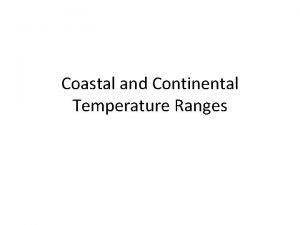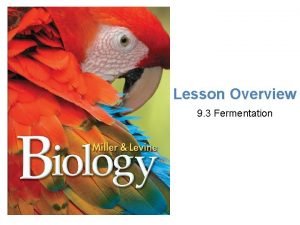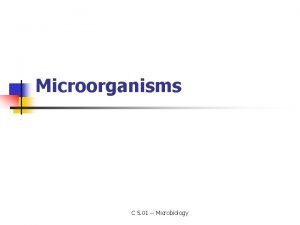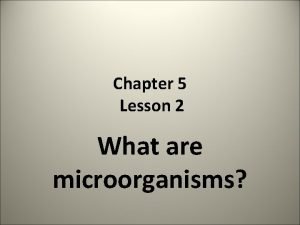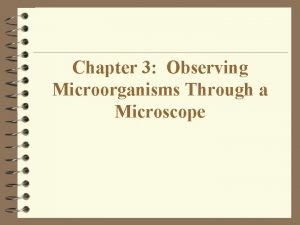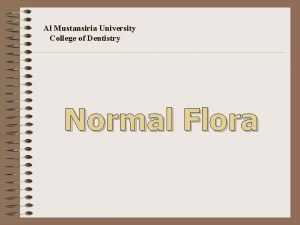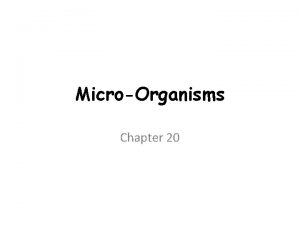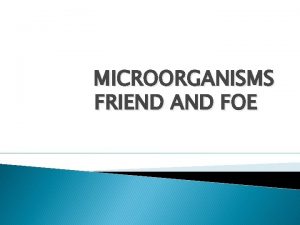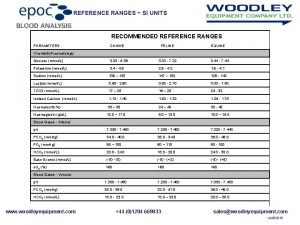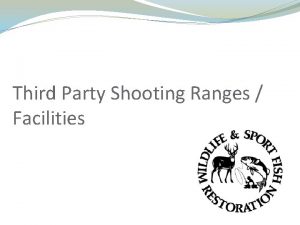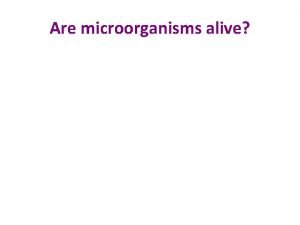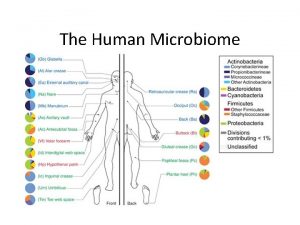Temperature August 31 2016 Typical temperature ranges Microorganisms








- Slides: 8

Temperature August 31, 2016

Typical temperature ranges Microorganisms Minimum °C Optimum °C Maximum °C Obligate Psychrophiles Facultative Psychrophiles -5 to +5 12 to 15 25 to 30 15 to 20 30 to 35 5 to 15 30 to 40 40 to 57 40 to 45 55 to 75 60 to 80 Mesophiles Thermophiles According to Adams and Moss, Food Microbiology, 3 rd Edn. “typical growth rates”: Bacteria (optimal): 2. 3 h-1(m) or 0. 3 h (doubling time) Bacteria (limited nutrients): 0. 2 h-1, 3. 46 h Psychrotrophs (5 o. C): 0. 023 h-1, 30 h Molds (optimal): 0. 1 -0. 03 h-1, 6. 9 -23 h

D Value (Decimal reduction time) • Time of heating at a particular temperature to cause a 1 log or 90% reduction in the number of microorganisms • D 121°C = X min (or sec)

Calculating the D-value Suppose t = 121 o. C D 121 o. C = t 1 t 2 http: //wiki. ubc. ca/Course: FNH 200/Lesson_06 t 2 – t 1 log 10 a – log 10 b

Organism Medium Temperature (o. C) D-value (min) Salmonella enterica Milk 65. 6 0. 018 -0. 56 Salmonella Senftenberg Various 65. 5 0. 56 -1. 11 Escherichia coli Milk 57. 2 1. 3 -5. 1 Yersinia enterocolitica Milk 60 0. 067 -0. 51 Listeria monocytogenes Milk 63. 3 0. 22 -0. 58 Staphylococcus aureus Milk 60 0. 9 Clostridium botulinum Vegetables 110 0. 49 -12. 42 Bacillus cereus Various 95 1. 5 -36. 2 Geobacillus stearothermophilus Unknown 100 -1, 600 http: //www. fda. gov/Food. Science. Research/Safe. Practicesfor. Food. Processes/ucm 100198. htm

Z Value Temperature required for a 1 log or 90% reduction in the D value Da Temp 1 Db Temp 2 z = Temperature 2 – Temperature 1 Log Da – Log Db Example: Z = 10 o. C

Utility of Z-value Organism A: D 121 C = 0. 01 minutes Organism B: D 100 C = 5 minutes Z Celsius = 7 degrees ZCelsius = 10 degrees D 114 C = 0. 1 minutes, D 107 C = 1 minute, D 100 C = 10 minutes

Organism Medium Temperature (o. C) Z-value (o. C) Salmonella enterica Milk 65. 6 4. 4 -5. 6 Salmonella Senftenberg Various 65. 5 4. 4 -5. 6 Escherichia coli Milk 57. 2 5. 3 Yersinia enterocolitica Milk 60 4 -5. 8 Listeria monocytogenes Milk 63. 3 5. 5 Staphylococcus aureus Milk 60 9. 5 Clostridium botulinum Vegetables 110 7. 5 -11. 6 Bacillus cereus Various 95 6. 7 -10. 1 Geobacillus stearothermophilus Unknown 100 11. 7 http: //www. fda. gov/Food. Science. Research/Safe. Practicesfor. Food. Processes/ucm 100198. htm
